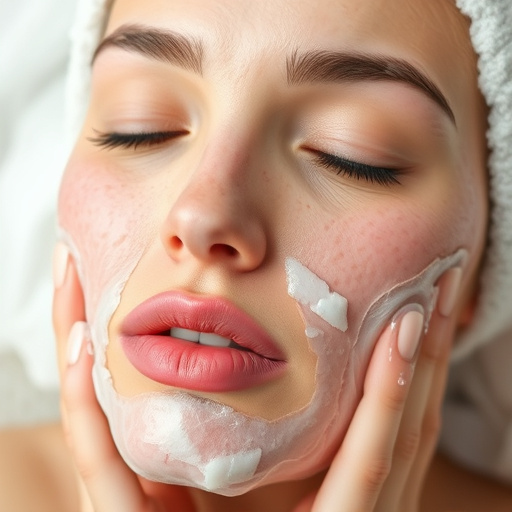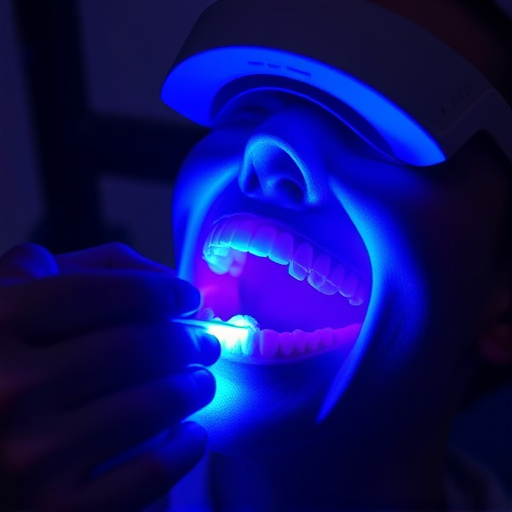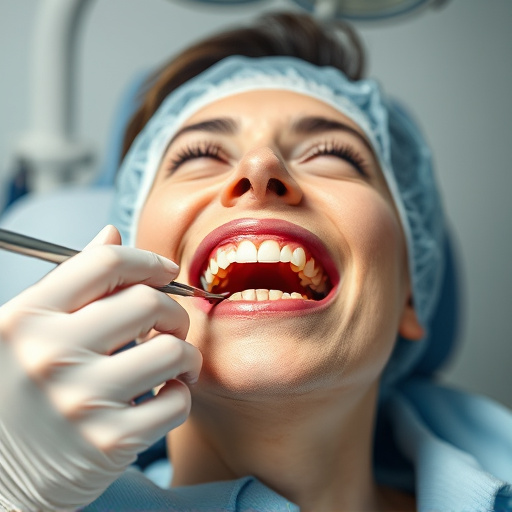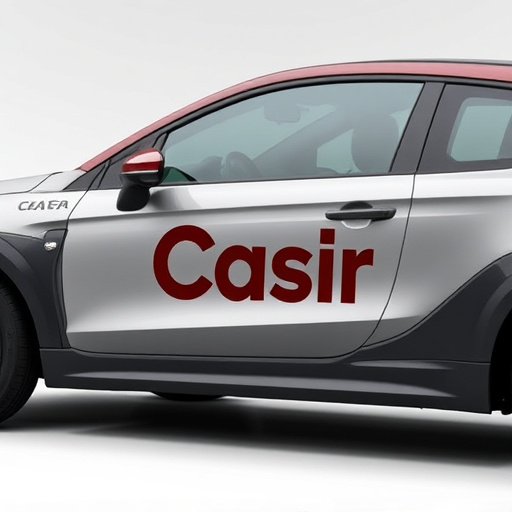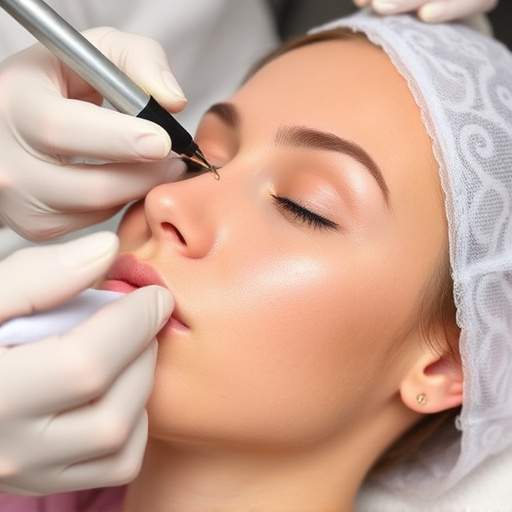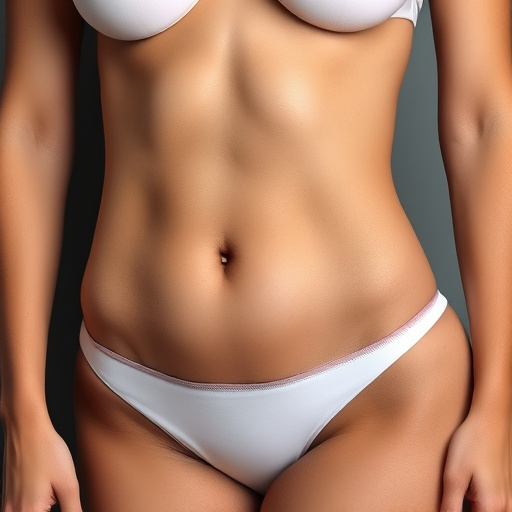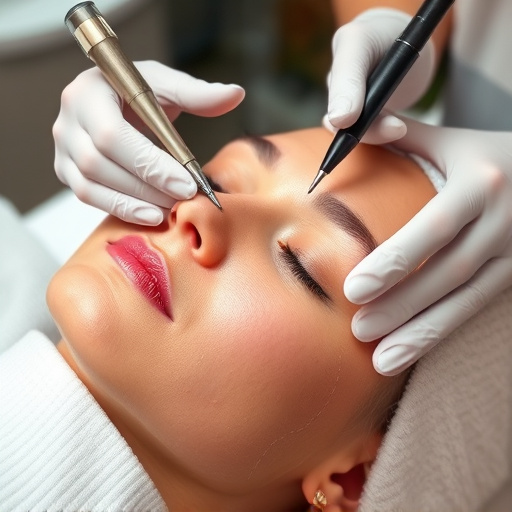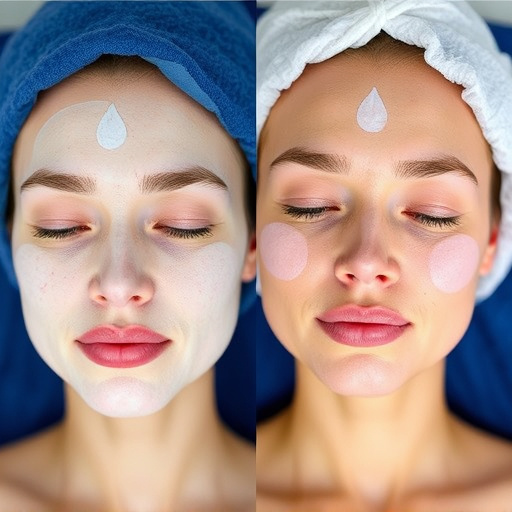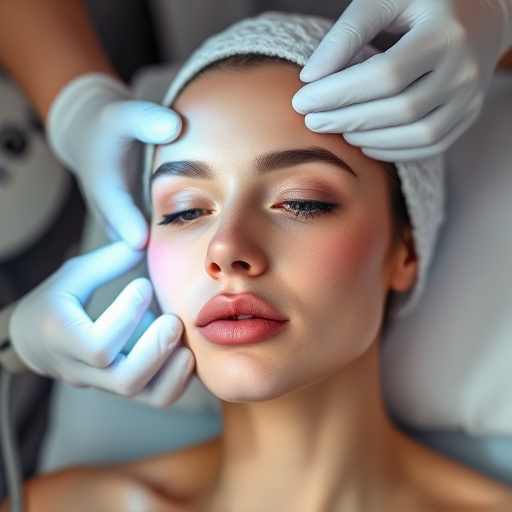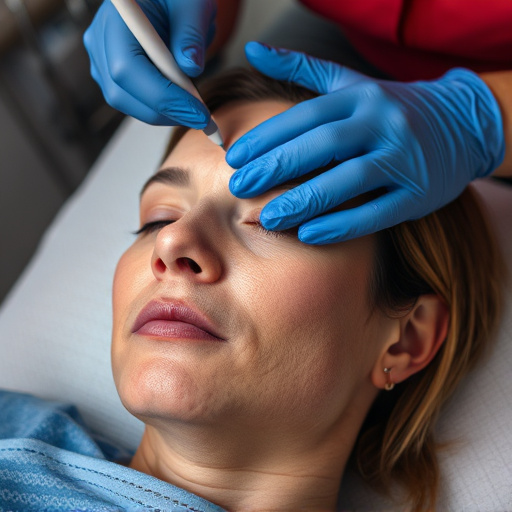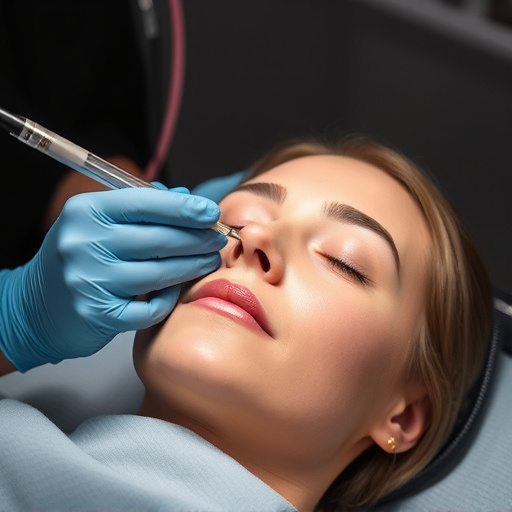Cellulite, caused by factors like poor circulation, hormonal changes, and lifestyle choices, results in dimply skin on thighs and buttocks due to weakened dermis fibers. Effective management includes balanced diet, exercise, hydration, and specific aesthetic treatments. Non-invasive cellulite reduction techniques like laser, RF energy, and chemical peels offer minimal downtime solutions, breaking down fat cells, boosting collagen, and improving skin texture. Post-treatment care involves consistent skincare, nutrition, water intake, and targeted exercises to maintain results and enhance overall satisfaction.
Cellulite, often referred to as orange peel skin, can be a common concern, particularly in areas like thighs and buttocks. If you’re seeking a solution for reducing its appearance, you’ve come to the right place. This article explores effective cellulite reduction treatments targeting these specific zones, delving into non-invasive options, post-treatment care, and lifestyle adjustments for long-lasting results. Understanding the causes behind cellulite is key to choosing the best approach for your needs.
- Understanding Cellulite: Causes and Factors Contributing to Its Appearance
- Non-Invasive Cellulite Reduction Treatments for Thighs and Buttocks
- Effective Cellulite Management: Post-Treatment Care and Lifestyle Adjustments
Understanding Cellulite: Causes and Factors Contributing to Its Appearance
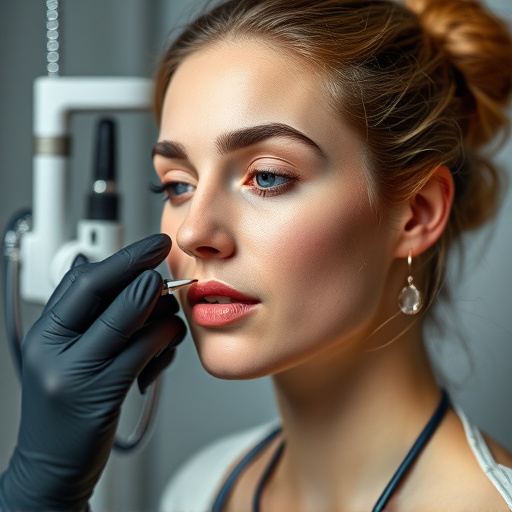
Cellulite, often considered a cosmetic concern, is a common condition affecting many individuals, particularly in areas like the thighs and buttocks. Understanding its causes is key to effective management. Several factors contribute to the appearance of cellulite, including poor circulation, hormonal changes, genetic predisposition, and lifestyle choices.
The dermis, the skin’s underlying layer, plays a crucial role. When connective tissue fibers become weakened or rearranged, fat cells can push through, creating the characteristic dimpling effect seen on many bodies. Factors like weight fluctuations, aging, and certain lifestyle habits exacerbate this. A balanced diet, regular exercise, and maintaining a healthy water intake are known to help reduce cellulite’s appearance by improving skin elasticity and promoting better circulation. Additionally, aesthetic treatments like microneedling therapy and laser hair removal can stimulate collagen production and enhance the overall texture of the skin.
Non-Invasive Cellulite Reduction Treatments for Thighs and Buttocks
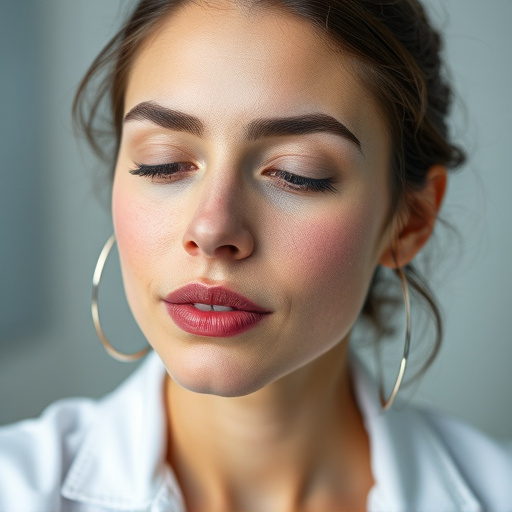
Non-invasive cellulite reduction treatments have gained significant popularity for targeting stubborn areas like thighs and buttocks. These methods offer an effective alternative to more invasive procedures, with minimal downtime and discomfort. One such treatment involves using targeted laser technology, which breaks down the bonds of fat cells and boosts collagen production. This non-surgical approach can visibly improve skin texture and reduce the appearance of orange peel.
Another popular option is radiofrequency (RF) energy, which heats up the subdermal layers to stimulate collagen renewal. RF treatments are known for their ability to firm and tone the skin while reducing cellulite. Moreover, chemical peels, though commonly associated with facial treatments, can also be used on the legs to exfoliate dead skin cells and enhance overall skin brightness and texture.
Effective Cellulite Management: Post-Treatment Care and Lifestyle Adjustments
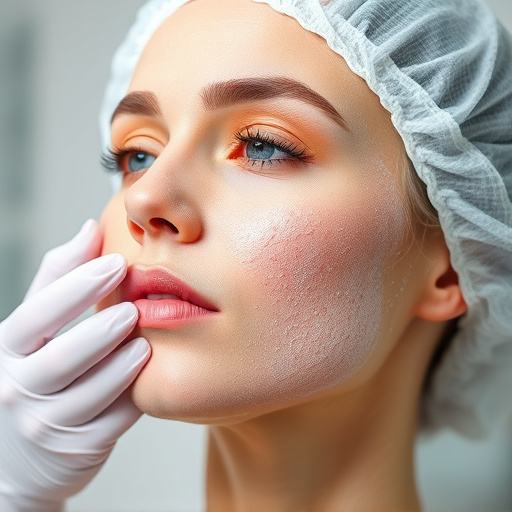
After a successful cellulite reduction treatment, proper post-care is essential for optimal results and to prevent recurrence. This includes maintaining a consistent skincare routine focused on hydration and nourishment. Exfoliating regularly and applying recommended creams or serums can help improve skin texture and reduce the appearance of dimpling. Additionally, incorporating specific lifestyle adjustments can significantly aid in cellulite management.
A balanced diet rich in antioxidants and nutrients supports skin health and overall well-being. Staying hydrated by drinking adequate water helps flush out toxins and keeps the skin elastic. Regular exercise targeting the leg and glute muscles not only improves circulation but also contributes to fat reduction, further minimizing the visibility of cellulite. Moreover, combining these efforts with treatments like laser hair removal for smoother skin and addressing related concerns such as acne treatments can enhance overall satisfaction with results.
Cellulite, often considered a cosmetic concern, can be effectively managed through various non-invasive treatments targeting the thighs and buttocks. By understanding the causes and implementing lifestyle adjustments post-treatment, individuals can achieve smoother, more toned skin. Incorporating targeted exercises, dietary changes, and specialized products into your routine can significantly enhance the results of cellulite reduction treatments. Remember, consistency is key to maintaining long-lasting outcomes and achieving a confident, healthy appearance.
